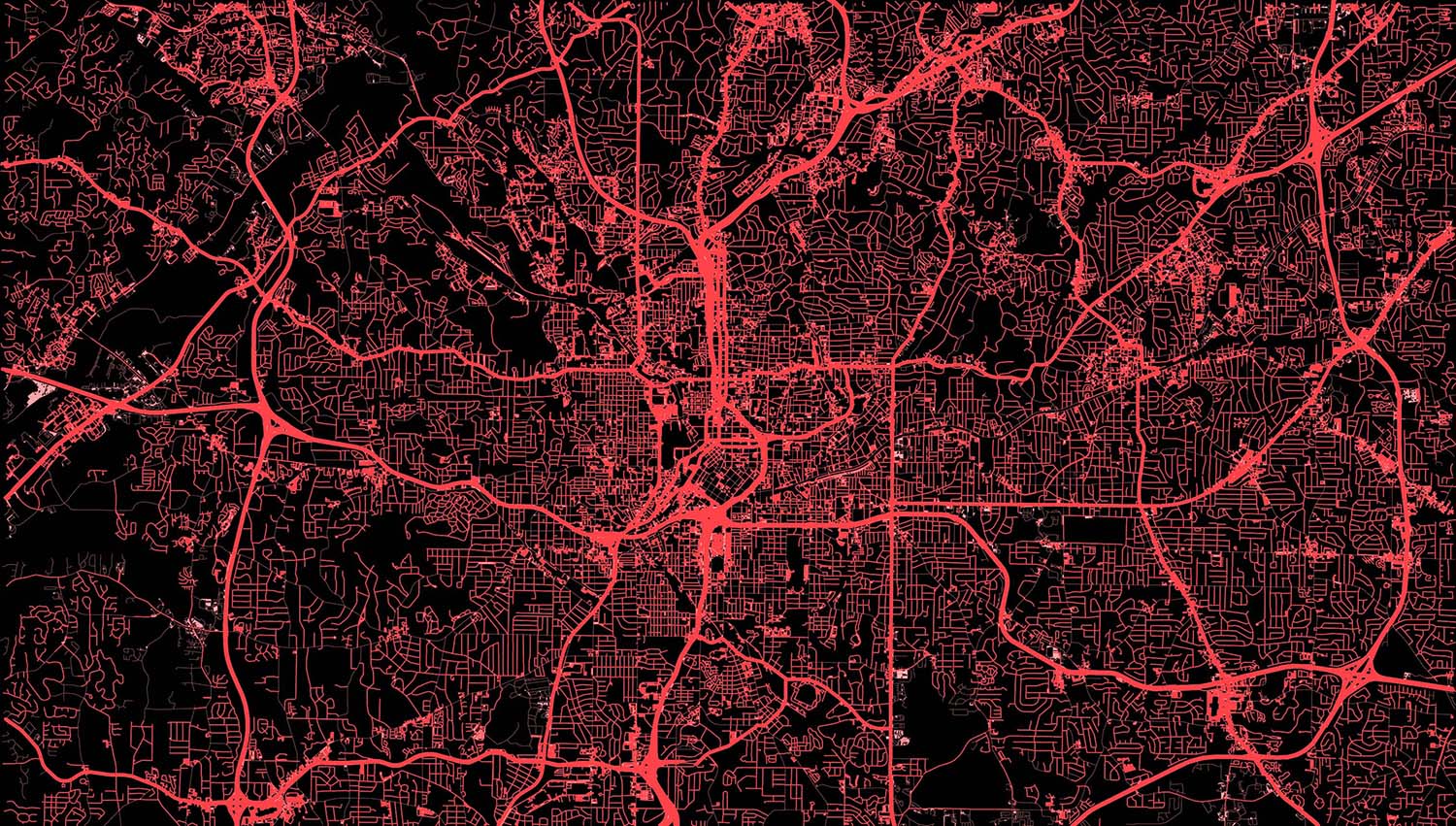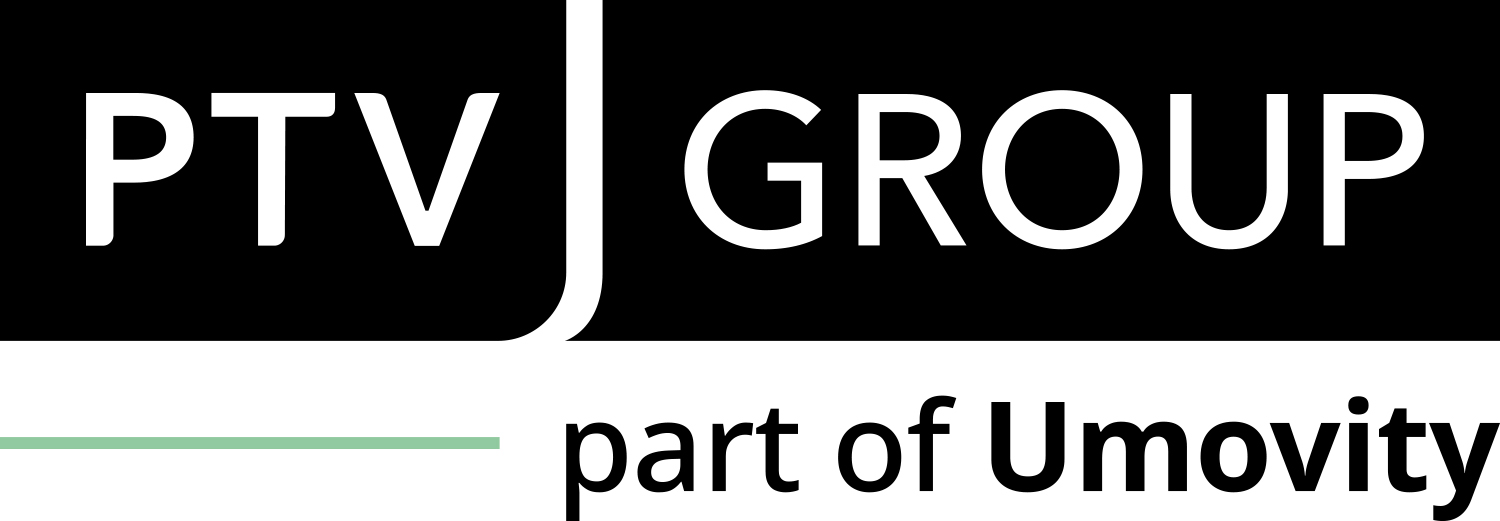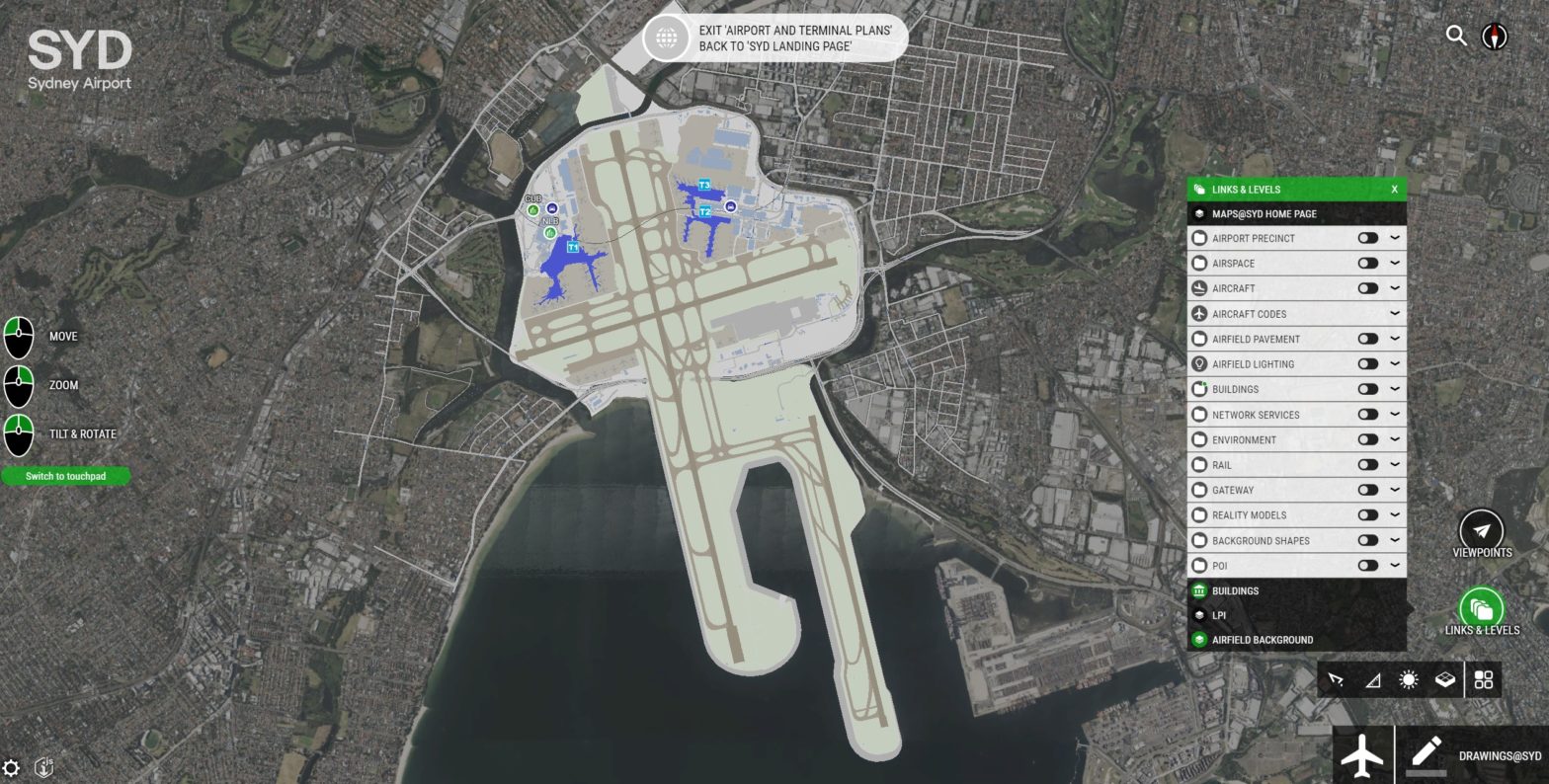
Photo: Unsplash / Marc-Olivier Jodoin
Transformative advances in next-generation traffic management for urban mobility challenges
28 November 2023
In any city worldwide, mobility stands as a paramount quality of life concern, serving as the linchpin for accessing education, healthcare, employment, leisure, and fostering economic growth. However, amidst growing urbanisation and the perils of climate change, transportation emerges as a multivariate solution, but it comes with formidable challenges. Cities and urban centers grapple with persistent transportation issues such as soaring costs, growing congestion levels, fragmented mobility services, increasing emissions tied to mobility, noise pollution, and most importantly, safety concerns. The advent of digitisation and modern Intelligent Transport Systems (ITS) has ushered in a transformative era, presenting unprecedented opportunities to address these challenges and cultivate transport networks that are not only more efficient but also markedly safer and provide more sustainable and inclusive mobility.
Data is the Key

In today’s mobility sector, vast, complex, and fast-moving data systems are emerging as the lifeblood of contemporary ITS. These systems empower cities to gather, analyse, and interpret vast amounts of information. The convergence of emerging hardware and software solutions is playing a pivotal role in managing multimodal transportation systems and services.
“Today, we can deploy new roadway sensors powered by leading-edge software, providing significantly greater datasets than ever before,” explains Christian U. Haas, CEO of the mobility software company PTV Group and the traffic management solutions provider Econolite, united under the umbrella brand Umovity. These modern sensors enable the real-time detection of vehicles and pedestrians, including trajectory, vehicle classification, near-miss events, red-light running, excessive vehicle queueing, and other critical roadway information, forming the foundation for advanced real-time traffic management.
Cutting-Edge Technologies
Moreover, cutting-edge technologies are pushing the boundaries of what is possible with ITS to include predictive analytics and traffic management.
“One example is edge computing or the so-called Cabinet edge,” said Christian U. Haas. “All the gathered data requires an agile distributed approach to processing and computing. Dedicated platforms, which are located at the traffic cabinet and traffic controller, offer the unique benefit of near real-time control, given its proximity and very low latency of data exchange between sensors in the field and traffic control platforms.”
AI-supported or Machine Learning software is another example, as modern traffic management tools increasingly benefit from artificial intelligence. Self-learning systems, leveraging these new higher resolution traffic datasets, can now identify patterns and trends in historical and real-time traffic data, modelling incidents in the road network, and even forecasting traffic volumes, as well as congestion up to several hours in advance. Utilising Machine Learning applications enables predictive traffic management, reducing delays, improving safety, and increasing the efficiency of the transport system. The management of multimodal networks is becoming increasingly important, as the urban environment is very complex, involving private and public transport users, cyclists, pedestrians, and other multimodal players.

Simplifying Urban Planning
According to Christian Haas, AI and Machine Learning algorithms can simplify and make more effective the daily contributions of urban planners and traffic managers in many other ways that were not possible just a few years earlier.
“I am firmly convinced that the future of transportation lies in such innovative technologies. Our modeling and prediction software has incorporated Machine Learning sources for years, and we continually advance these technologies, exploring new opportunities,” said Haas. “For example, we have succeeded in automating the building process of transport models. AI-driven technology enables us to set up a transport model for any city within just one week. Compared to traditional manual processes, which could take several months, these ready-made models are not only faster and cost-effective but are also less error prone. This opens up new opportunities for cities or consulting firms that have previously avoided model-based analyses due to time or cost constraints.”

Paradigm Shift in Urban Mobility
In essence, the synergy between data, innovative technologies, and the powerful capabilities combining software and hardware in the realm of ITS represents a paradigm shift in how we approach urban mobility. It empowers cities to navigate the challenges posed by modern transportation head-on, using real-time data to make informed and meaningful decisions. It is ushering in an era where mobility is not merely a manual logistical concern but a dynamic, intelligent adaptive system that enhances the quality of life for citizens while contributing to a more sustainable and resilient urban future.
Brought to you by:









